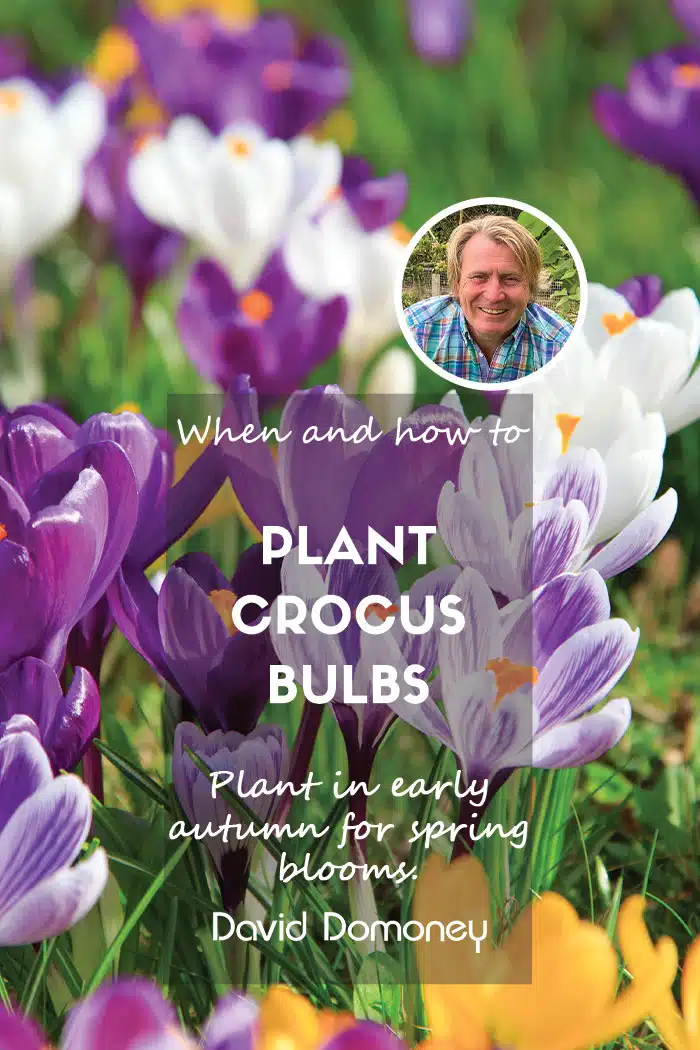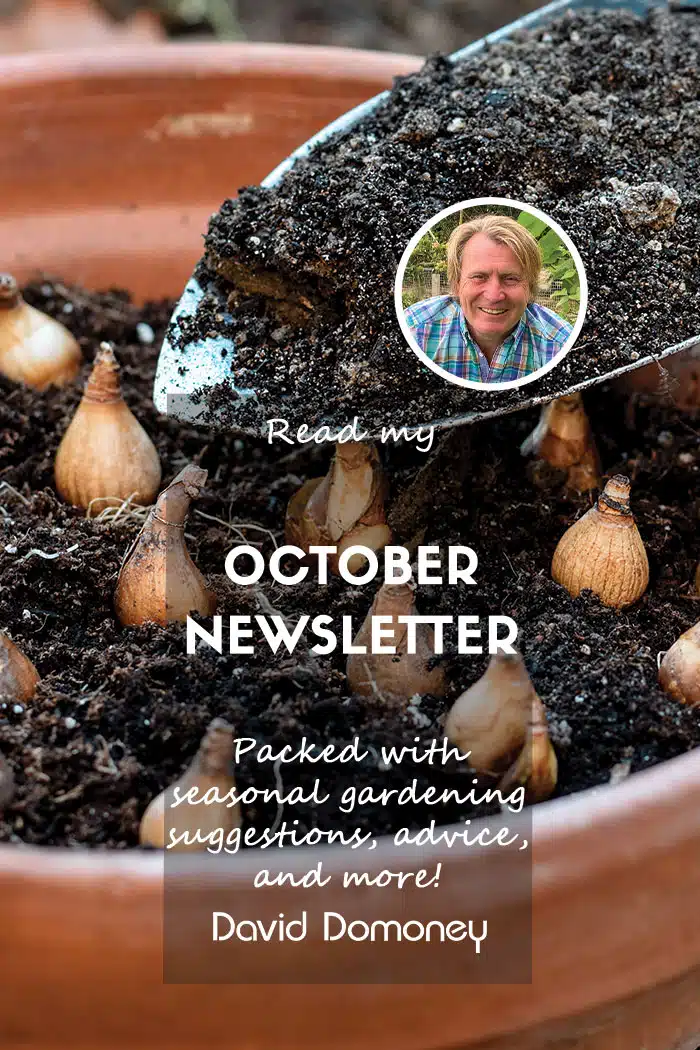David Domoney Glossary
There are currently 8 names in this directory beginning with the letter E.
Earth Up
Earthing up is a process of pulling soil up around the bottom part of a plant in order to protect it from winter frosts. You might also earth up a plant to exclude some light, or to boost root growth. This is especially helpful for crops such as potatoes where longer roots will mean a more plentiful crop.
Emergence
This is the moment when your plant has germinated and you can first see the seedling plant poking its head above the soil.
Epiphyte
This is a plant that grows on another plant but is not parasitic. This just means it sources its own nutrients, rather that drawing them from the host plant.
Ericaceous
Ericaceous plants are plants that prefer acidic soil conditions, and will not tolerate lime found in alkaline soils. They are also sometimes known as calcifuge plants, and some good examples include heather, rhododendrons and lilies. If an ericaceous plant is getting too much lime, its leaves will turn yellow and it may even die. You can always grow ericaceous plants in containers if your soil is very alkaline.
Espalier
This is a term used to describe trees that are trained to grow flush against a wall or trellis, to save space or for decorative purposes. Usually horizontal wires are erected and the branches are tied in to encourage them to grow flat against the surface. Many people grow fruit trees such as apples and pears in this way.
Everbearing
You will generally see this term in relation to strawberry plants; an everbearing strawberry plant is one which bears continuous fruit from early summer all the way through to autumn, as opposed to just one heavy crop in early summer.
Evergreen
Evergreen plants do not lose their leaves and lie dormant over winter, unlike deciduous plants. Instead they keep their leaves and continue growing at a slower rate. They are more protected from the weather due to the leaves generally being thick and waxy. A conifer tree is a classic example of an evergreen plant.




Leave A Comment